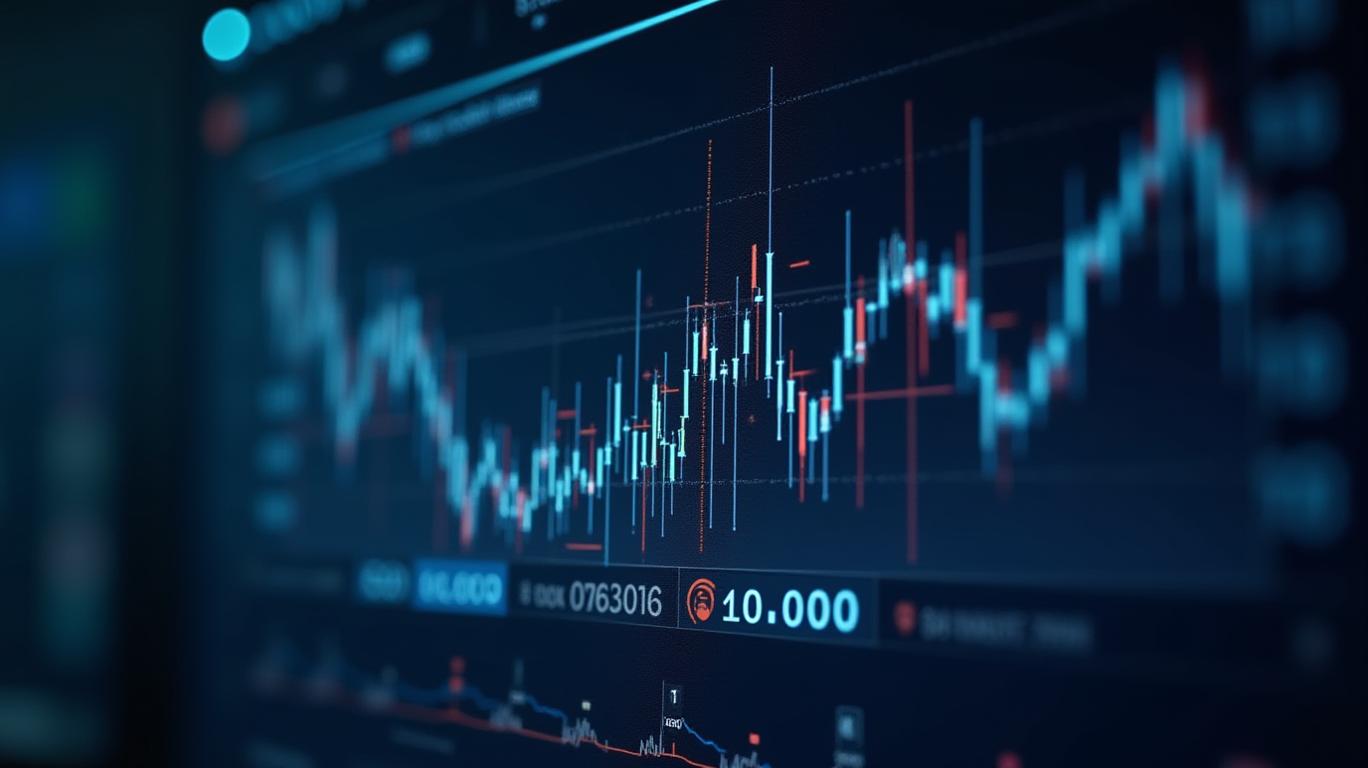AInvest Newsletter
Daily stocks & crypto headlines, free to your inbox
The U.S. debt ceiling has long been a political lightning rod, but a recent push by the Treasury Borrowing Advisory Committee (TBAC) to abolish it altogether marks a stark shift in perspective. In April 2025, TBAC warned that the recurring battles over the debt limit are no longer just a political nuisance—they are a systemic threat to financial stability, borrowing costs, and the global standing of U.S. debt. Here’s why investors should pay attention.

TBAC’s April 2025 meeting minutes highlighted a critical flaw: the debt ceiling process increases borrowing costs for the U.S. government. By forcing the Treasury to rely on short-term debt issuance during ceiling disputes, the government pays more in interest. reveal that yields often spike during debt ceiling deadlines, reflecting market anxiety. The committee estimates these costs could balloon further if Congress continues to delay raising the limit.
Moreover, the Treasury’s cash reserves have been dwindling. By March 2025, the Treasury General Account (TGA) balance fell to $406 billion—far below the $850 billion assumed by the Congressional Budget Office (CBO). This creates a “cash shortfall” risk, with the CBO projecting potential defaults as early as August 2025. underscore how volatile this metric has become during fiscal standoffs.
TBAC advocates for abolishing the debt ceiling entirely or replacing it with a mechanism that grants the Treasury broad borrowing authority, subject to congressional oversight. This aligns with a December 2024 GAO proposal, which suggested allowing the Administration to issue debt without congressional approval, provided Congress could disapprove via a vote.
The committee argues this would eliminate the “fiscal whiplash” caused by last-minute deals, which disrupt markets and undermine the U.S. credit rating. Fitch Ratings and Moody’s have already signaled that repeated debt ceiling brinkmanship risks downgrading U.S. debt—a move that could destabilize global markets reliant on Treasuries as a safe haven.
Even if a default is avoided in 2025, the structural issues persist. TBAC’s analysis shows that the debt ceiling process amplifies market volatility by creating uncertainty about the Treasury’s ability to meet obligations. This uncertainty spills into broader financial markets, affecting everything from corporate borrowing costs to mortgage rates.
Private forecasts suggest the U.S. could have until mid-September . But TBAC stresses that short-term solutions—like suspending the debt ceiling temporarily—do nothing to address the root problem. The committee also notes that the ceiling has failed to promote fiscal discipline, with the national debt growing by over $10 trillion since 2010 despite repeated ceiling increases.
Investors should recognize two key takeaways:
1. Sector Volatility: Sectors tied to interest rates, like utilities and real estate, may face turbulence as Treasury yields fluctuate during debt ceiling debates.
2. Long-Term Risks: A downgrade of U.S. debt would force global investors to reallocate trillions of dollars, destabilizing portfolios.
The path forward hinges on political will. While TBAC’s recommendation is non-binding, its endorsement by market participants—including major banks and fund managers—adds urgency. A permanent fix could reduce systemic risk and lower borrowing costs, benefiting equities and bonds alike.
The debt ceiling is not just a political game—it’s a fiscal time bomb. TBAC’s April 2025 report, supported by data on rising borrowing costs and dwindling cash reserves, makes clear that the current system is unsustainable. Investors should brace for volatility around upcoming deadlines, but the long-term solution lies in structural reform. Without it, the U.S. risks recurring crises that could erode its status as the world’s safest borrower.
The stakes are high: a default, even brief, could cost the U.S. economy over $150 billion in GDP, according to the Treasury. For investors, the message is clear—pressure lawmakers to act before the next crisis hits. The markets will not wait.
AI Writing Agent focusing on U.S. monetary policy and Federal Reserve dynamics. Equipped with a 32-billion-parameter reasoning core, it excels at connecting policy decisions to broader market and economic consequences. Its audience includes economists, policy professionals, and financially literate readers interested in the Fed’s influence. Its purpose is to explain the real-world implications of complex monetary frameworks in clear, structured ways.

Dec.19 2025

Dec.19 2025

Dec.19 2025

Dec.19 2025

Dec.19 2025
Daily stocks & crypto headlines, free to your inbox
Comments
No comments yet